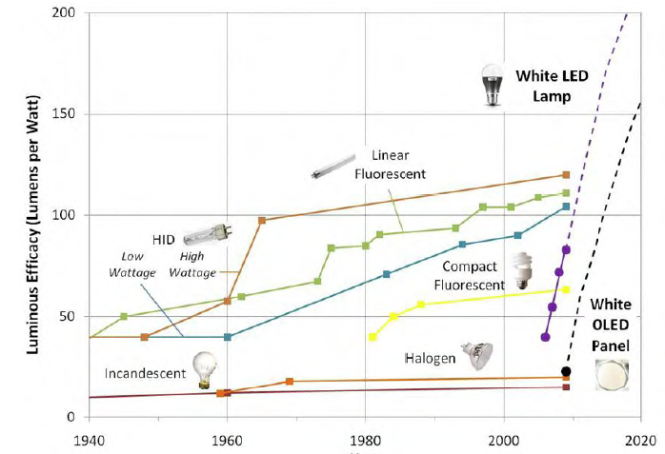DiveStar Background
On my honeymoon in 2009 I started diving and became a certified PADI Open Water diver – thank God and my wife. I am also a keen photographer and have taken my underwater camera to take some photos. But anyone who dives and take photos know that more than a few meters depth and the light is quite poor, resulting in photos that are primarily blue and fuzzy. The deeper the dive, the less light there is, and the results are less and less impressive. This forced me to start looking for a decent and affordable torch to take pictures with and also enhance the enjoyment of the dive and increase the beautiful colors of the underwater world. I have researched many torches but found none that have really met my needs and expectations. Most of these torches focus light into a highly concentrated beam, producing a hot-spot-light in the middle and dark regions outside. Not really exciting on the photos.
There were simply no torches which provided both the light spread and light intensity required for great underwater photography.
I decided to design and build a torch that would fill this gap for me and in the market place. I suppose I am a bit like Tim Allen from Home Improvement, I am always trying to push consumer technologies past their limits, trying to improve their function with some clever thinking and design. However, unlike Tim Allen, whose modifications often backfired, this is a robust and solid torch, never fails.
DiveStar efficiency
The 2 most important technologies which contribute to DiveStar’s incredible light output and capacity are the use of LEDs coupled with Lithium Polymer (Li-Po) batteries. Whilst other torches have combined these technologies before, I invite everyone to visit the comparison page where I compare (Oct 2013) the output of some of the market’s leading torches with DiveStar and I think you’ll have to agree DiveStar is in a class of its own.
Here below is a nice time line graph of the in use and commercially available lighting technology.

